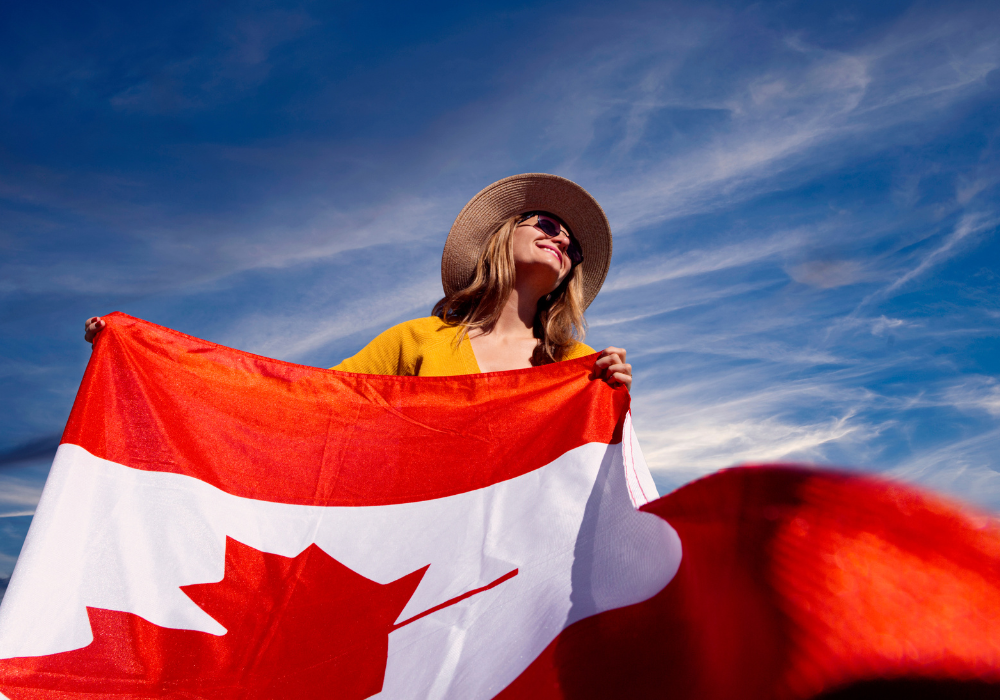
What Newcomers Always Get Wrong About Canada – Until They Arrive
Thinking of Moving to Canada? Here’s What You Didn’t Know You Needed to Know
As Canada Day celebrations unfold across the country, it’s the perfect time to reflect on the quirks, realities, and surprises that often catch newcomers off guard. Canada is known for its friendliness, diversity, and breathtaking landscapes—but those planning to start a new life here may find that there’s more than meets the eye.
Whether you’re relocating for work, education, or a fresh start, understanding the everyday nuances of Canadian life is just as important as securing your visa. From unexpected weather patterns to cultural norms, here’s what people often misunderstand about the Great White North.
1. Canada Isn’t Just Big—It’s Mind-Bendingly Massive
While it’s no secret that Canada is the second-largest country in the world by land area, the actual distances between cities can baffle even the most seasoned travelers.
Newcomers often underestimate just how long it takes to get from one major city to another. For example, a flight from Toronto to Vancouver takes roughly five hours—comparable to a flight from London to Dubai.
Many Canadians give travel directions in hours, not miles or kilometers, simply because of how spread out the country is. So if you’re planning to explore coast to coast during a short holiday or after landing, it’s time to rethink that itinerary.
2. One Country, Many Rules: The Provincial Puzzle
Canada operates more like a collection of semi-autonomous regions rather than a singular, uniform country. Each province has control over critical areas such as healthcare, education, taxes, and even laws around alcohol and driving.
For instance, while English is dominant in most provinces, Quebec operates primarily in French—and that affects everything from signage to customer service. Meanwhile, the legal drinking age is 18 in Quebec, Manitoba, and Alberta, but 19 everywhere else.
Newcomers are often surprised at how different daily life can feel depending on where they settle. Understanding these regional distinctions can be crucial for integration and success.
3. Canada Isn’t Just Cold – It’s Also Shockingly Hot
Most guides warn new arrivals about the country’s harsh winters, and it’s true—temperatures can dip well below -20°C in many parts of Canada. But what people often overlook is the intensity of Canadian summers.
Cities like Toronto, Ottawa, and Calgary regularly see temperatures between 25°C and 30°C in July, with occasional heatwaves pushing the mercury above 35°C.
So while investing in a quality winter coat is essential, don’t forget to pack lightweight clothing, sunscreen, and a good fan—you’ll need them.
4. “Polite” Doesn’t Always Mean “Nice”
Yes, Canadians are famous for their good manners, but don’t confuse that with being overly accommodating.
Saying “please,” “thank you,” and holding doors for others are deeply ingrained social habits, but this doesn’t mean people will tolerate rudeness or unfair behavior. Respect, not submission, is at the core of Canadian politeness.
Newcomers may mistake this civility for naivety or weakness—until they face polite pushback delivered with a smile.
5. Why Canadians Say “Sorry” for Everything (And Don’t Always Mean It)
You’ll hear the word “sorry” often in Canada, but it’s not always an apology. Sometimes it’s used to mean “excuse me,” “pardon?” or “that’s awkward.”
Understanding the many shades of “sorry” can help avoid miscommunication and embarrassment. It’s more of a cultural reflex than a confession of guilt.
6. Mastering Canadian Public Etiquette Is Key
From quiet conversations in public transport to maintaining personal space in crowded areas, Canadians expect a certain level of decorum in communal settings.
Wearing headphones in public, lining up patiently, refraining from loud phone calls, and holding doors open for others are small but important signs of respect.
Newcomers who fail to adapt to these social norms may find themselves unintentionally offending those around them.
7. Always Take Off Your Shoes Indoors—No Exceptions
This is a big one that often surprises people: wearing outdoor shoes inside someone’s home is considered rude in most Canadian households.
Given the snowy, muddy, and often unpredictable weather, it’s a practical way to keep living spaces clean—but it’s also a sign of respect. Unless explicitly told otherwise, always remove your shoes at the door.
8. Beware of the Geese—Seriously
Canada’s iconic wildlife is enchanting, but not all of it is friendly. The Canada goose, while a national symbol, is notoriously territorial and aggressive—especially during nesting season.
There have been numerous incidents involving unsuspecting pedestrians getting chased (or even attacked) for venturing too close to goslings. The best advice? Stay far away and give them the space they demand.
Final Word: Canada Is Diverse, Complex—and Worth the Learning Curve
Canada is a land of opportunity, but thriving here means more than just arriving—it means understanding the culture, climate, and customs. Whether you’re applying for permanent residency or just getting your bearings, these insights can help you avoid common missteps and start your Canadian journey with confidence.
For a consultation about Immigration options, reach out to the CAD IMMIGRATION today!





